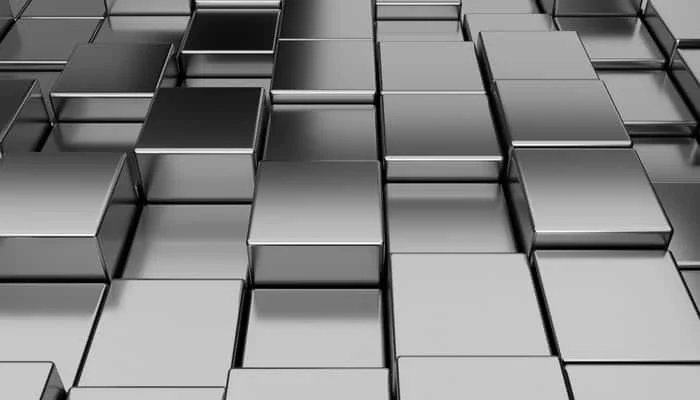
- +8615586668226
- [email protected]
- No. 30, Hongbang Industrial Park, Shenzhen

Anodizing is an electrochemical process that enhances the natural oxide layer on aluminum parts, providing increased corrosion resistance and aesthetic appeal. It is a crucial step in manufacturing for companies aiming to produce durable and visually appealing products.
“Anodizing is a game-changer for the longevity and look of aluminum products,” says a manufacturing expert.
The anodizing process involves immersing aluminum parts in an electrolyte bath, typically using sulfuric acid, where an electrical current passes through, causing aluminum oxide to form on the surface.
Process Steps:
Anodizing Tank: Used for containing the electrolyte solution and supporting equipment for current application.
There are several different types of anodizing that cater to various needs and applications, each offering unique benefits.
Table: Types of Anodizing
| Type | Characteristics |
|---|---|
| Type I | Thin layer, corrosion resistance |
| Type II | Standard thickness, versatile use |
| Type III (Hard Coat) | Thick, wear-resistant, for heavy-duty |
Anodizing aluminum parts offers numerous benefits, making it a preferred choice in various industries.
Anodizing dramatically improves the durability of aluminum by enhancing its physical properties. The layer of aluminum oxide acts as a robust barrier against environmental damage.
| Property | Improvement |
|---|---|
| Abrasion Resistance | Much greater than untreated aluminum |
| Chemical Resistance | High, depending on type used |
Sulfuric acid is a central element in the anodizing process, particularly in Type II anodizing.
Coloration in anodized aluminum is achieved by introducing dyes during the anodizing process or by painting afterward.
Before committing to anodizing, consider the specific needs of your project and the properties you need in the final product.
What types of aluminum can be anodized?
Most aluminum alloys can be anodized, but each may respond differently. It’s crucial to select an appropriate alloy based on desired final properties.
Is anodized aluminum suitable for outdoor use?
Yes, anodized aluminum’s enhanced corrosion resistance makes it ideal for outdoor applications.
Can anodized aluminum be color-matched?
Yes, utilizing modern dyes and control during the anodizing process can match colors closely to desired specifications.
What’s the difference between Type II and Type III anodizing?
Type II is standard thickness, while Type III, also known as hard-coat, produces a thicker, wear-resistant finish ideal for high-stress environments.
Explore our Machining Services and Fabrication Services for comprehensive solutions. For cutting-edge technology, check out our CNC Solutions and Precision Machining. Discover innovative applications in Aerospace for high-performance parts.
Get the latest trends and facts about CNC fabrication from our blog.
Shenzhen Runkey Precision Technology Co. Ltd, a subsidiary of the Tensun Group, is your trusted one-stop solution for custom manufacturing from prototyping to production.Transforming your idea into reality with digital manufacturing resources,streamlined processes, expert guidance,accelerated timelines, and uncompromising quality.
©2024. CNC Fabrication All Rights Reserved.